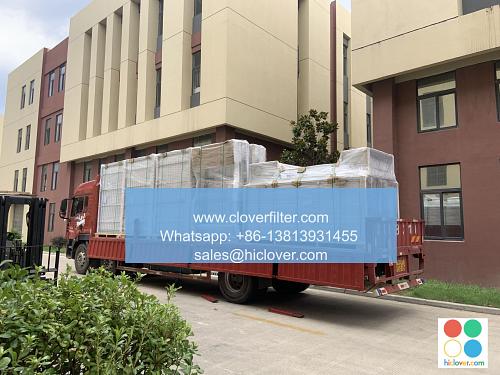Filtering the Truth: Debunking Myths About the Environmental Impact of Air Purifiers

The Air We Breathe: Separating Fact from Fiction on the Environmental Impact of Air Purifiers
The Rising Concern
With the increasing awareness of air pollution, air purifiers have become a staple in many households and offices worldwide. However, as with any new technology, misinformation and myths about their environmental impact have begun to surface. In this article, we’ll dive into the truth behind the claims and separate fact from fiction, highlighting the various application areas where air purifiers can make a difference.
The Misconception: "Air Purifiers are a Significant Contributer to Waste and E-Waste"
The notion that air purifiers are contributing to an alarming rate of waste and e-waste is a common misconception. This myth likely stems from the assumption that air purifiers require frequent replacement filters, which, if not disposed of properly, can end up in landfills. However, the reality is that:
- Many modern air purifiers come with washable or replaceable filters, reducing the need for frequent replacements and subsequent disposal.
- Manufacturers are designing vacuum-sealed filters, making it simple to discard used filters without causing environmental harm.
- Some air purifiers even have built-in HEPA filters, which can be easily cleaned and reused, further reducing waste generation.
- Remove up to 99.97% of particulate matter, including allergens, bacteria, and viruses, from the air, reducing the risk of respiratory issues and other health problems.
- Reduce volatile organic compounds (VOCs), which can contribute to poor indoor air quality, by capturing and neutralizing them.
- Enact a significant reduction in asthma and allergy symptoms, as pollutants, allergens, and irritants are removed from the air, creating a more comfortable living and working environment.
- Energy-efficient motors, which use significantly less energy than traditional designs, reducing overall energy consumption.
- Solar-powered options, which harness the power of the sun to run the device, minimizing the carbon footprint.
- Eco-friendly certification, such as the ENERGY STAR program, which ensures the device meets rigorous energy efficiency standards.
- Balance the concerns surrounding the environmental impact of air purifiers with the actual benefits they provide.
- Encourage responsible manufacturing practices, such as sustainable materials, recyclable components, and environmentally friendly packaging.
- Foster a culture of sustainability, as we work together to create a healthier, greener, and more conscious living environment.
The Reality: Air Purifiers are a Valuable Tool in Reducing Indoor Pollution
The truth is that air purifiers can be a valuable weapon in the fight against indoor air pollution. According to the World Health Organization (WHO), indoor air pollution claims the lives of 4.3 million people annually, mostly due to household air pollution. Air purifiers can:
Putting it into Perspective: Alternative Energy Sources and Sustainibility
Some critics argue that air purifiers rely on non-renewable energy sources, such as electricity, thus questioning their environmental credibility. While this may have been true in the past, many modern air purifiers now run on:
Conclusion: Weighing the Benefits and Drawbacks
While air purifiers are not without their drawbacks, it’s essential to consider the entire picture. By highlighting the benefits of air purifiers, including improved indoor air quality, reduced health risks, and potential long-term savings on medical expenses, we can:
Ultimately, by debunking the myths surrounding air purifiers and focusing on their positive contributions, we can create a healthier, more sustainable future – one breath at a time.
It seems like you’re ready to get started! I’d be happy to help with a prompt, but I’m not sure what you have in mind. Could you please provide more context or clarify what kind of prompt you would like to give me?

